- A newly born Kodiak brown bear can weigh less than one pound. As it grows up, its weight may increase as much as 1,000 times. If human babies grew this much, as adults they would weigh over 6,000 lbs.
- Polar bears have the largest home ranges of any bear. One polar bear can hunt and live in an area as big as Maine.
- Stone-age hunters worshipped and hunted bears at the same time. To show their respect, they sang and danced and prayed that the bear would forgive them for killing it.
- In Asia, bear cubs are often taken from their mothers at an early age to be trained as dancing bears. The ability of bears to stand up on their hind feet makes it possible for them to shuffle in a way that looks somewhat like dancing.
- People in Asian cultures have traditionally used bear organs and secretions for medicinal purposes. One author notes that there “are fewer than one million bears on Earth and more than one billion potential consumers of bear parts as medicine.”
- In Asia in the early 1990s, bear gallbladders would sell from $1 to $210 a gram. A gallbladder of an Asiatic black bear killed in South Korea sold at a public auction for $64,000. On a price-per-gram basis, bear gallbladders often cost more than gold.
- Currently, approximately 8,000 bears are kept on “bear farms” in China. They are bred and kept in captivity so that bile from the gallbladders can be extracted for medicinal use. The bile is removed from the live animal through a catheter surgically implanted into the gallbladder.
- All bears are good swimmers, but the polar bear is the most efficient swimmer. It can swim up to 4-6 mph (6-10 km/hr) for 100 miles (161 km). One polar bear swam 200 miles without stopping. Polar bears can also swim very well under water.
- The only species of bear that does not move its ears to pick up sound is the giant panda.
- The Asiatic black bear has the largest ears of any species of bears.
Saturday, April 5, 2014
Bear Facts
Subscribe to:
Post Comments (Atom)

.jpg)




 Alaska Time
Alaska Time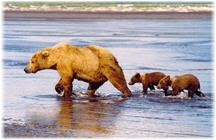













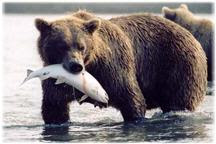
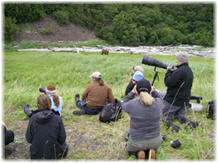




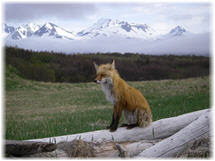


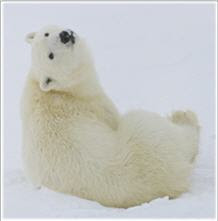













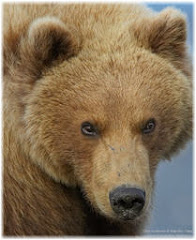




No comments:
Post a Comment